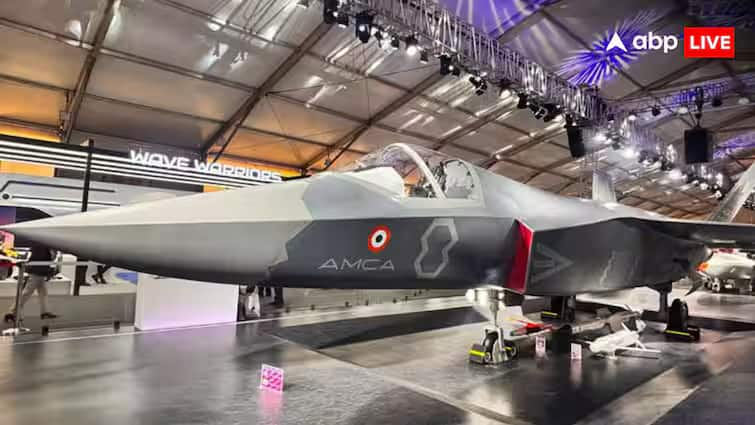India is on the verge of approving a landmark defense project: a joint effort between French aerospace giant Safran S.A. and India’s Gas Turbine Research Establishment (GTRE), a DRDO lab, to develop a 120-140 kiloNewton (KN) jet engine. This engine is slated to power the country’s twin-engine Advanced Medium Combat Aircraft (AMCA), marking a major step toward self-reliance in critical defense technology, according to sources familiar with the plans.
The decision follows Prime Minister Narendra Modi’s call for homegrown jet engines during his Independence Day address from the Red Fort, underlining the government’s push for indigenous aerospace capabilities.
Full Technology Transfer to India
The engines will be developed entirely in India under Indian intellectual property rights, with Safran transferring 100% of its technology to DRDO. A key component is the “single-crystal blade” technology, engine blades made from super-alloys in a single crystal structure, allowing them to withstand extreme heat and stress while improving efficiency and lifespan. While GTRE possesses the underlying technology, adapting it for high-powered fighter engines presents a significant engineering challenge.
The joint Safran-DRDO project has been under discussion for the past two years, but the Modi administration has now accelerated efforts, with the proposal expected to receive top-level approval soon.
Powering India’s Next-Generation Fighters
The 120-140 KN engine will be the backbone of the AMCA, a twin-engine multirole aircraft. India’s private sector is expected to play a major role in production, with groups like Tata, L&T, and Adani Defence poised to contribute.
Indigenously designed aircraft engines are considered apex defense technology, offering strategic autonomy and civilian applications, from power generation to high-performance engineering.
Unlike India, global powers like the US, Russia, UK, and France have long mastered jet engine design. Even China relies on imported or reverse-engineered engines for its frontline fighters. India previously attempted to develop the Kaveri engine but faced technical hurdles, leaving the program incomplete.
Strategic Partnerships And Technology Choices
Currently, US defense firm GE supplies India with 212 F-404 engines, with a new tranche of 113 engines expected to be signed soon. While GE is also transferring technology for the heavier GE-414 engine, only about 70% of the technology is shared, leaving strategic gaps.
India is turning to France for co-development, citing reliability and past support. France notably did not impose sanctions after India’s 1998 nuclear tests and continued supplying state-of-the-art missile navigation systems and spare parts for Mirage 2000 fighters.
With the 73 KN M-88 Snecma engine already powering 36 Indian Rafale jets, it makes strategic sense for India to collaborate with Dassault and Safran to produce 114 additional fighters locally. Developing a 110-140 KN engine domestically would reduce India’s dependence on foreign suppliers for both engines and aircraft, enhancing its strategic autonomy.
Naval and Future Prospects
The Indian Navy will also benefit, fielding twin-engine carrier-based fighters powered by the more powerful Safran-GTRE engine. Over the coming decades, this engine is expected to underpin India’s frontline combat capabilities across the Air Force and Navy.
Kaveri Engine Updates
Meanwhile, GTRE has made progress on the Kaveri engine, India’s indigenous turbofan for fighter aircraft. The engine’s bypass ratio has been increased to 0.20—a key metric that measures the proportion of air bypassing the engine core. A higher bypass ratio improves fuel efficiency and reduces noise, and while Kaveri’s ratio is modest compared to some modern turbofans, it is optimized for high-performance jets like the Tejas Light Combat Aircraft.
This incremental improvement reflects GTRE’s ongoing efforts to bring India closer to global standards in fighter jet propulsion, balancing thrust, agility, and efficiency for next-generation indigenous aircraft.





